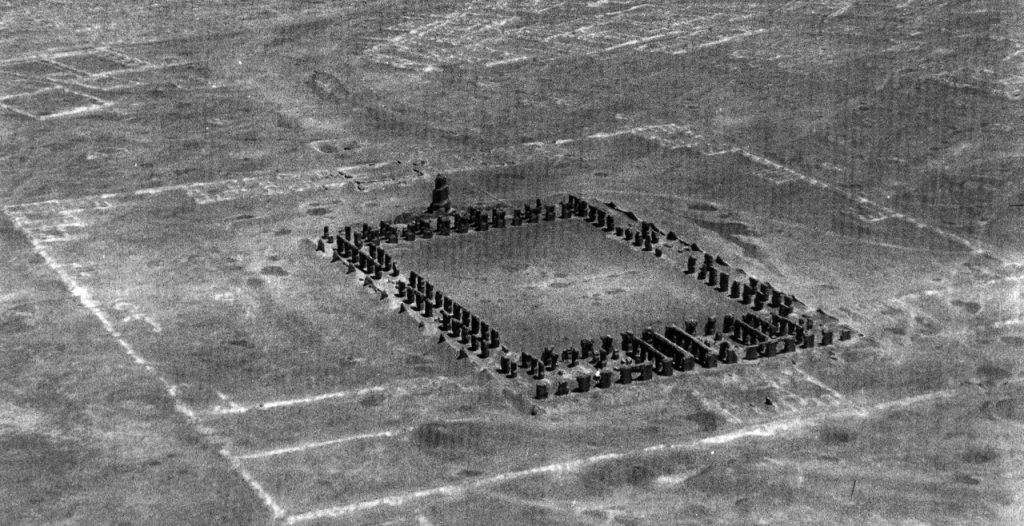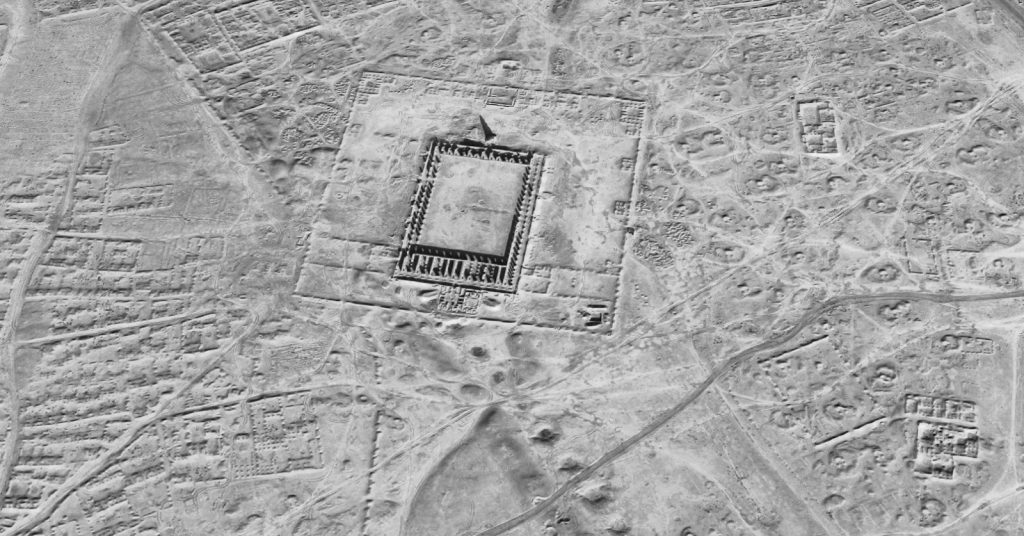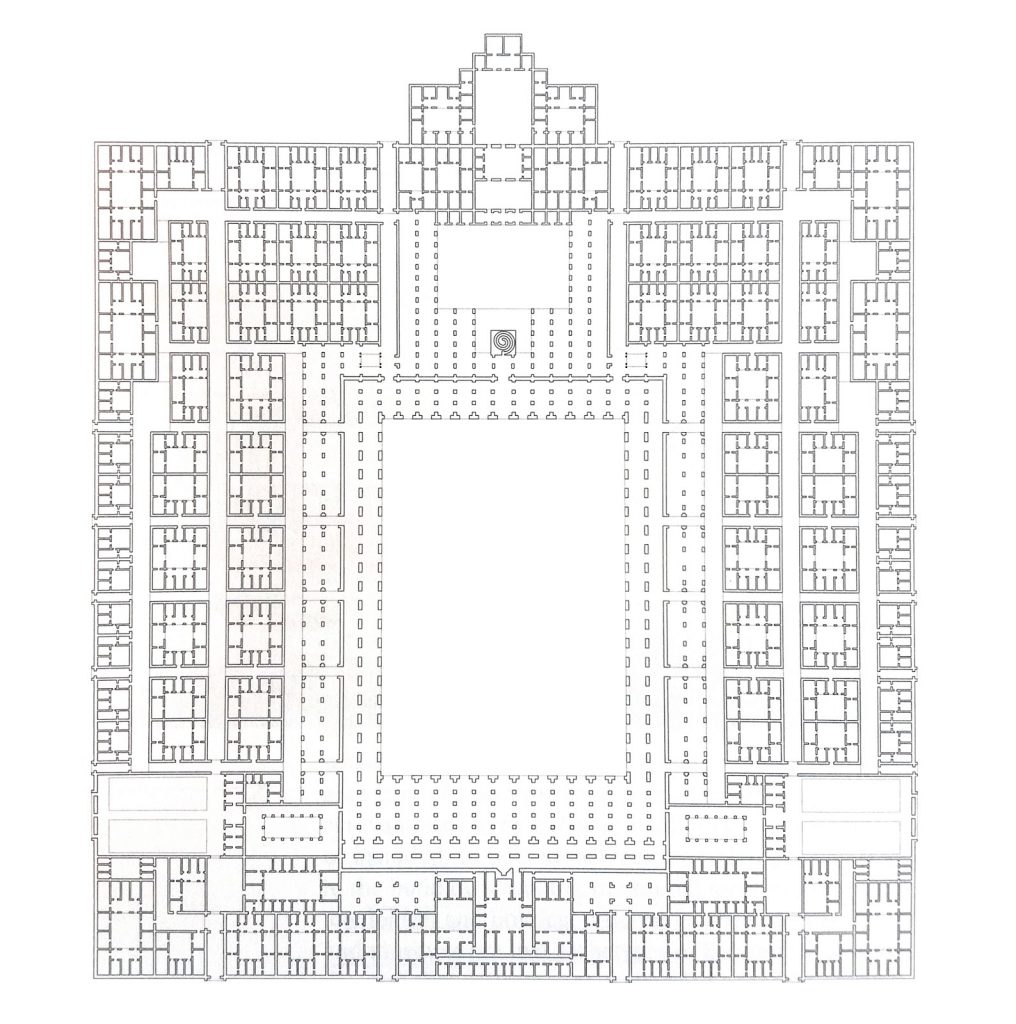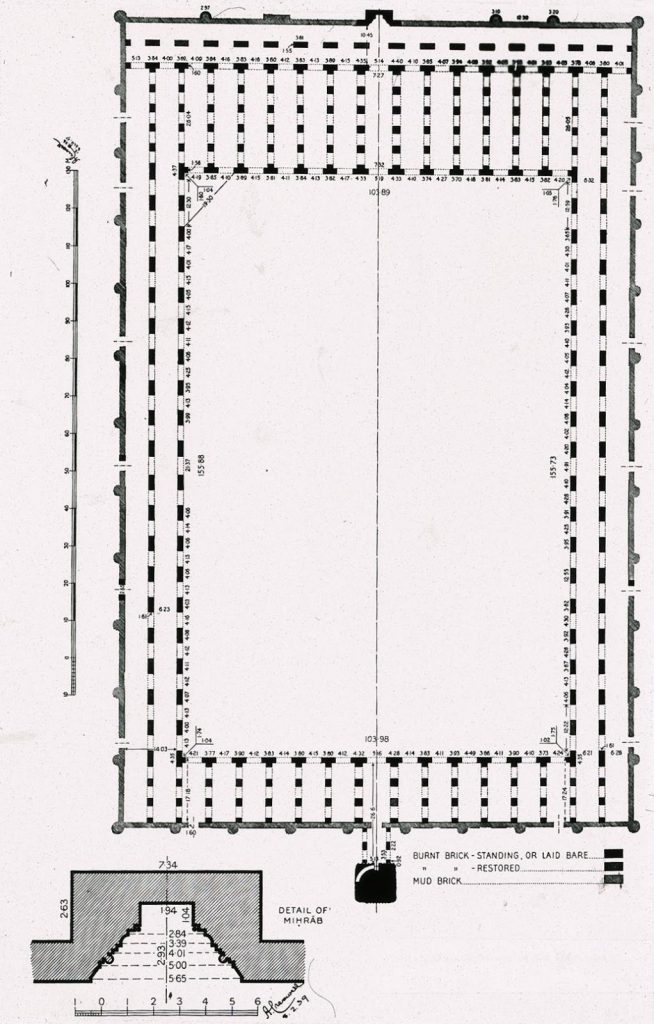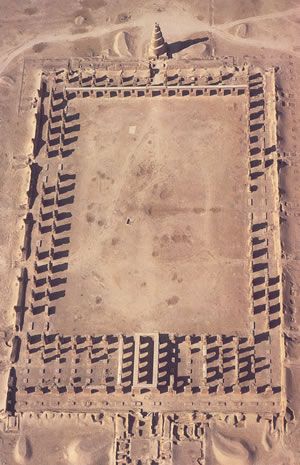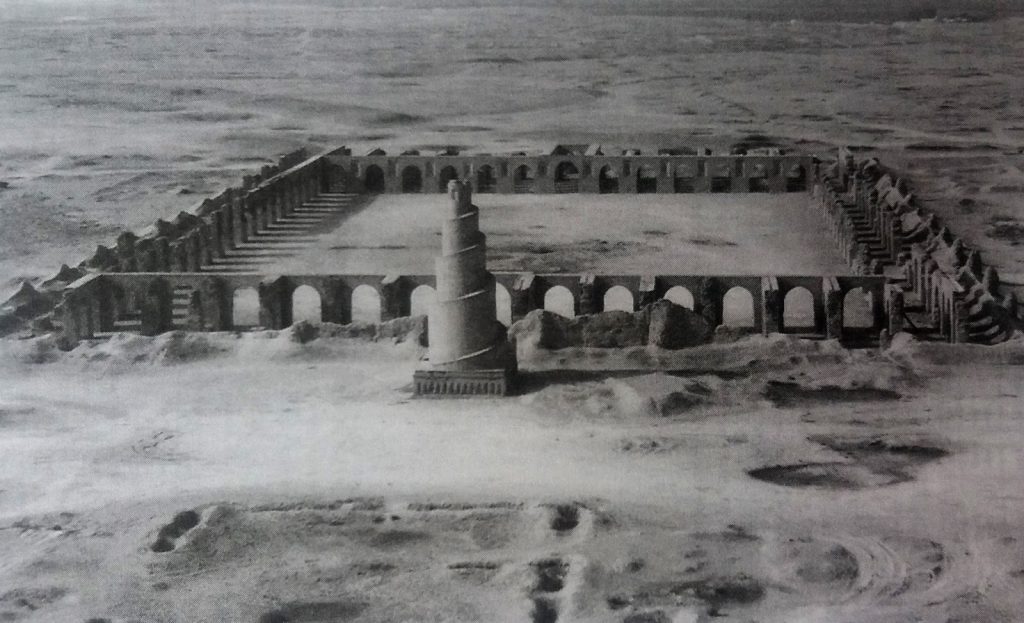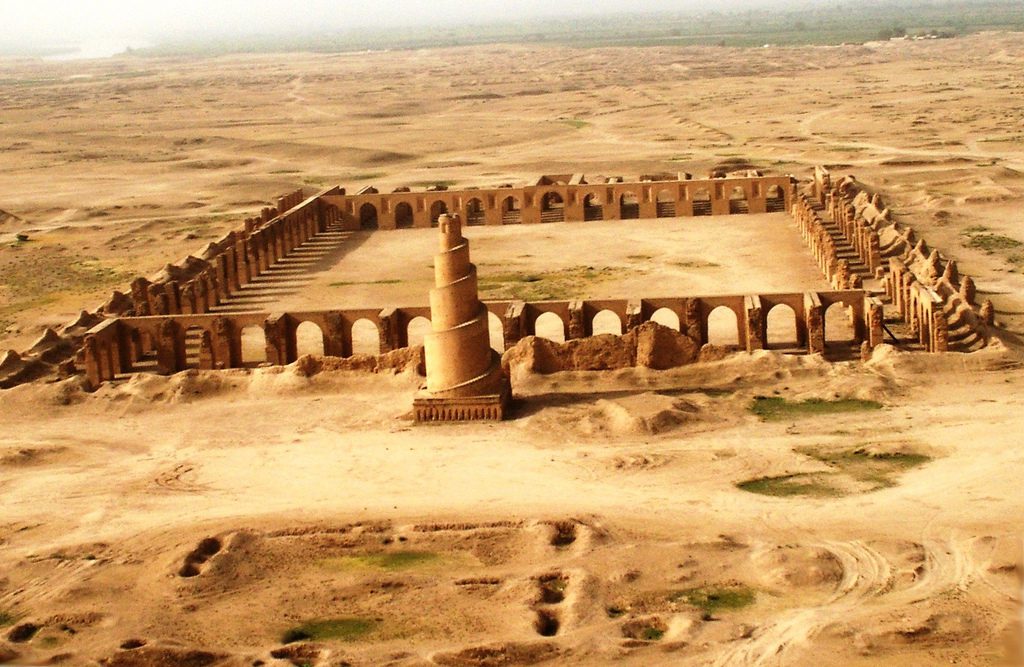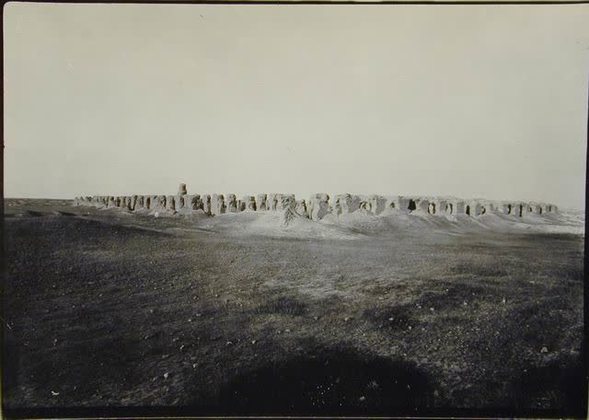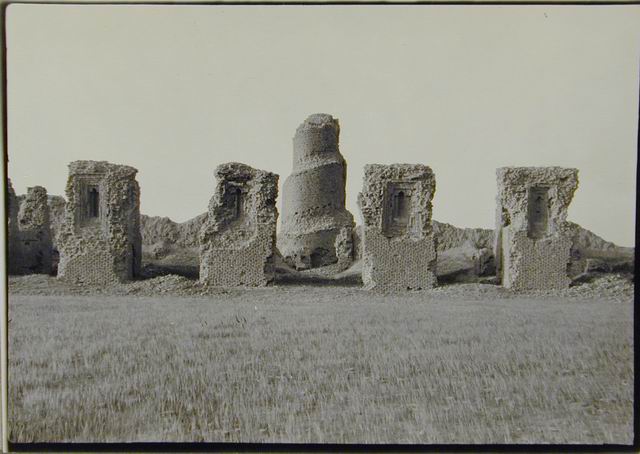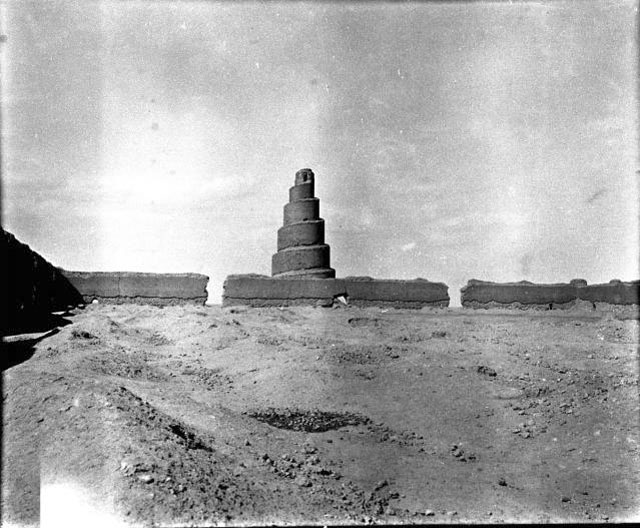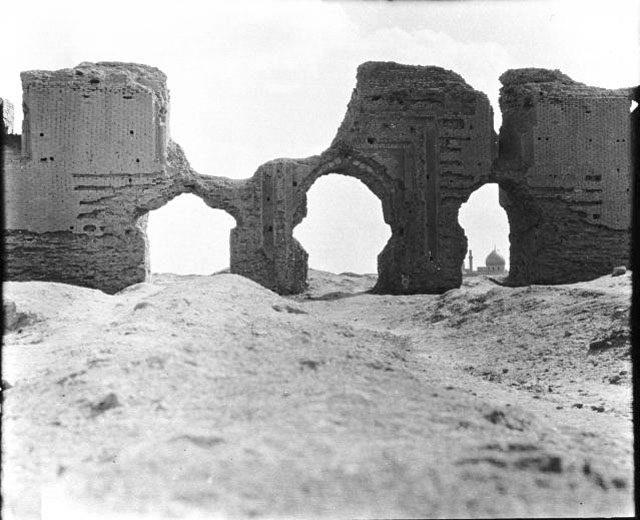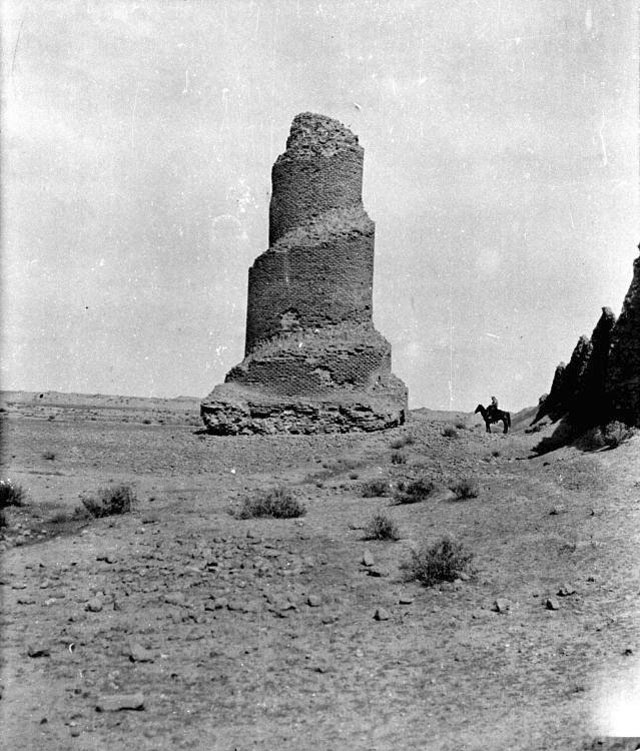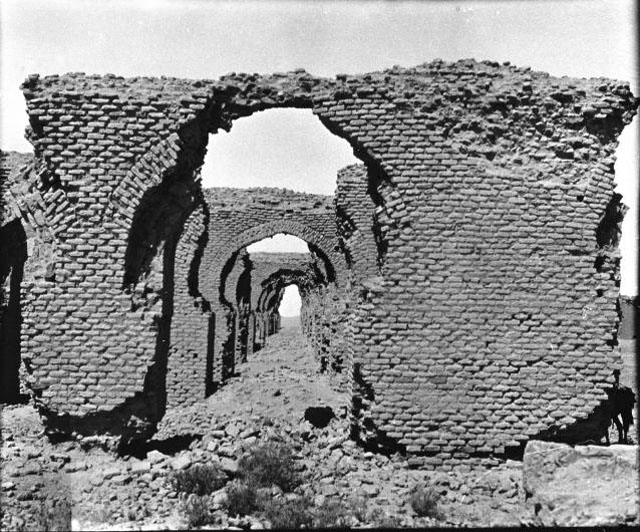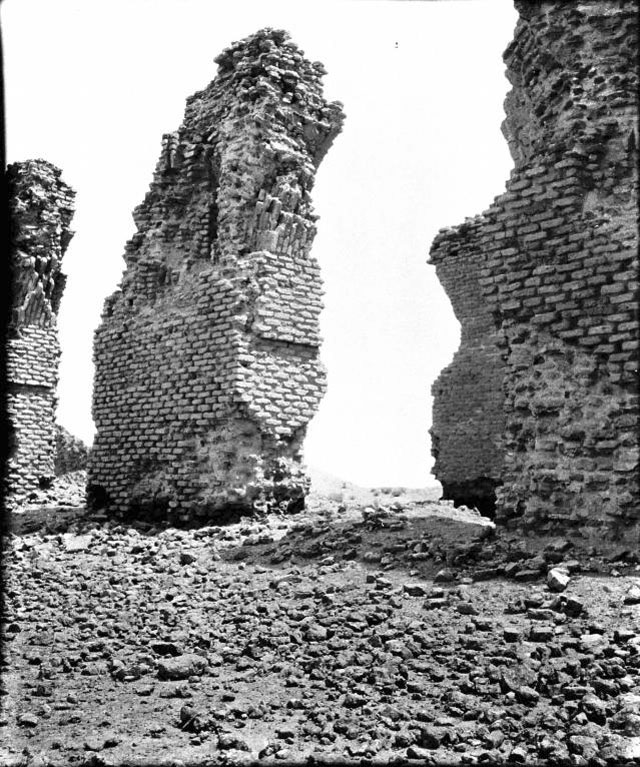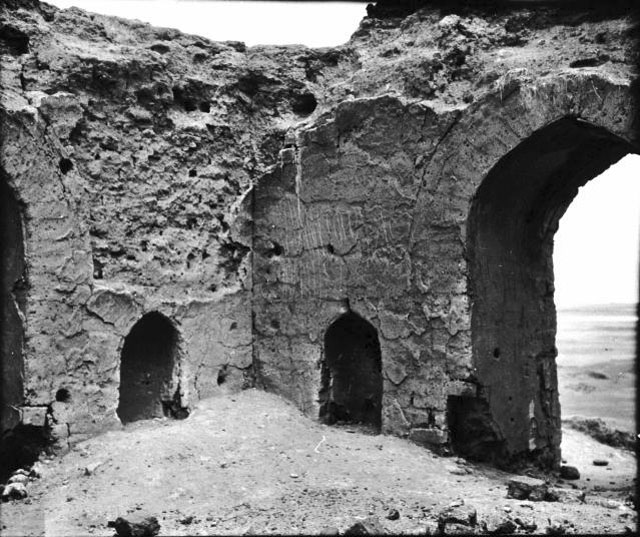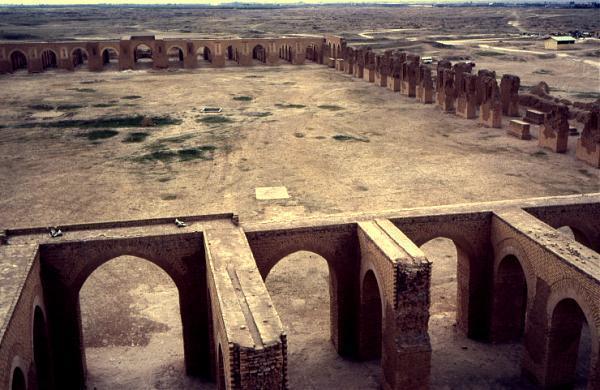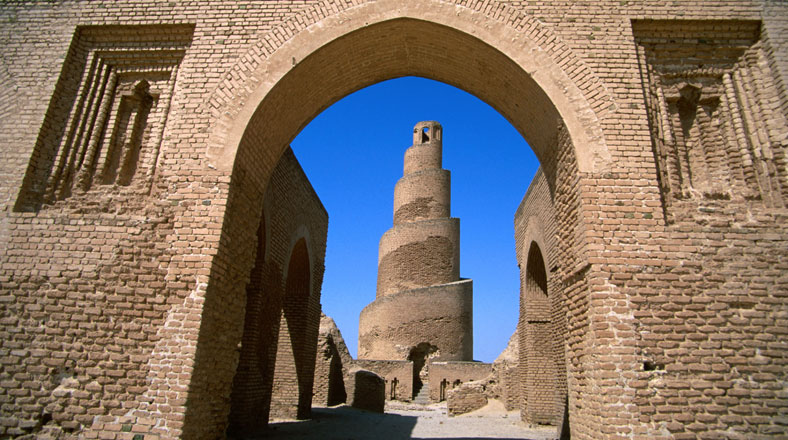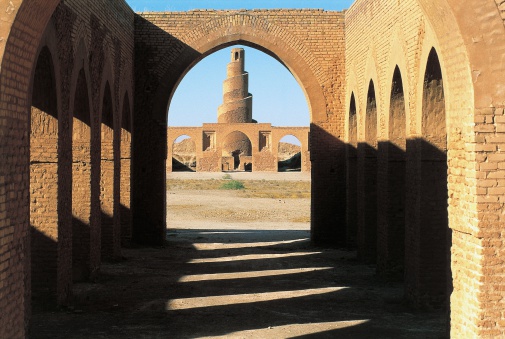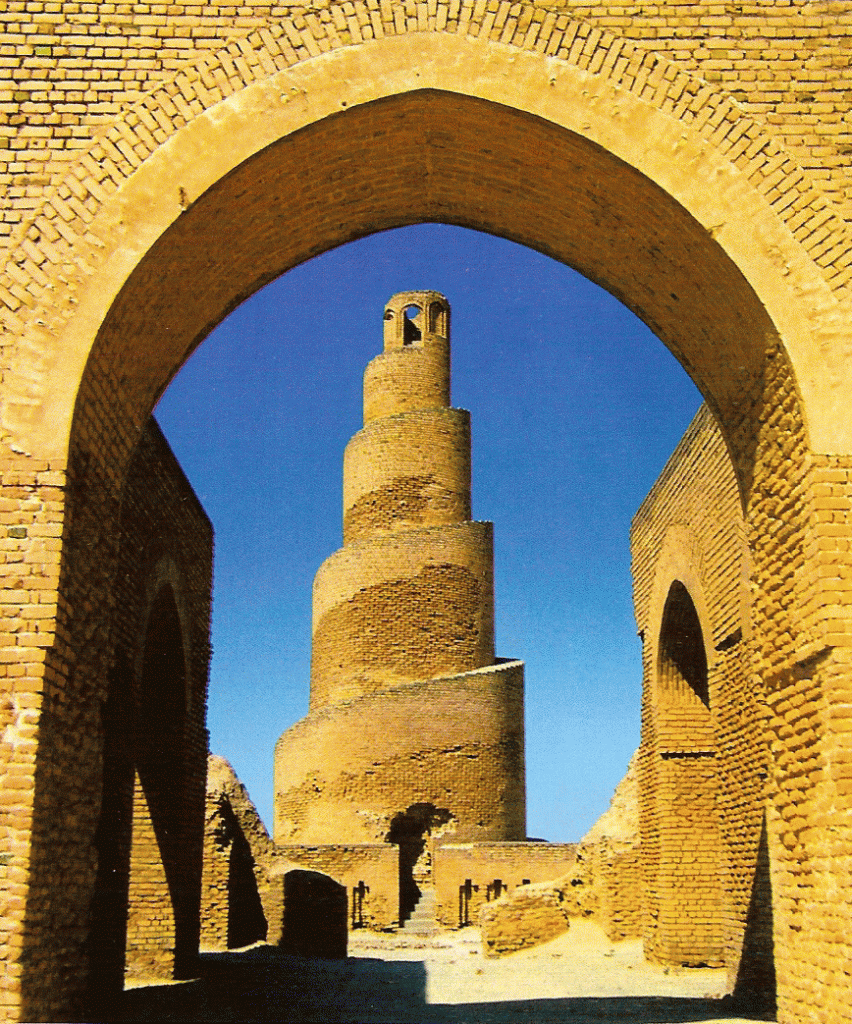According to the Quran, the mosque did not imply a religious function; there was no spatial code for the act of individual prayer. Rather, it called for a physical manifestation of the Islamic political ideology inherent in the concept of ummah: the community of the faithful. It was a political apparatus installed in new lands to mobilize, manage, and control territories. As a simple, expandable structure, it could provide basic necessities for the early Muslim communities.
Según el Corán, la mezquita no implica una función religiosa; no existe un código espacial para el rezo individual. Sin embargo, reclamó una manifestación física de la ideología política islámica inherente al concepto de ummah: la comunidad de la fe. Se trataba de un aparato político instalado en nuevas tierra para movilizar, dominar y controlar los territorios. Proporcionaba, a pesar de ser una estructura simple y expandible, las necesidad básicas para las primeras comunidad musulmanas.
The mosque was not just the center of the city, but the city itself. New settlements were constructed literally by laying out the mosque as a camp: a defined space, which served exclusively Muslim purposes.
La mezquita no era solo el centro de la ciudad, sino que era la ciudad en sí. Los nuevos asentamientos se construían literalmente expandiendo la mezquita como un campamento: un espacio definido que servía exclusivamente a las necesidades musulmanas.
The Mosque of Abu Dulaf, an example of architecture as an ideological vessel, followed almost the same model as the Great Mosque of Samarra, measuring 214 by 135 meters and set inside a nearby square enclosure of 358 by 347 meters. A double arcade of rectangular piers forms the courtyard portico, while the prayer hall has sixteen arcades oriented perpendiculary to the quibla wall, which looks out
on two larger portico buildings to the east and west. Beyond lies a housing complex composed of a main courtyard with four iwan halls and one secondary courtyard. Around the main courtyard are eighteen more houses noticeable in the outer enclosure. The extensive number and structuring of dwelling-spaces affirms the integration of the idea of ideological borders, inhabitable walls, within the plans, while the abstraction of the space goes beyond the simplicity of early primitive mosques; it signifies an iconic representation of the Islamic philosophy of space.
on two larger portico buildings to the east and west. Beyond lies a housing complex composed of a main courtyard with four iwan halls and one secondary courtyard. Around the main courtyard are eighteen more houses noticeable in the outer enclosure. The extensive number and structuring of dwelling-spaces affirms the integration of the idea of ideological borders, inhabitable walls, within the plans, while the abstraction of the space goes beyond the simplicity of early primitive mosques; it signifies an iconic representation of the Islamic philosophy of space.
La mezquita de Abu Dulaf, un ejemplo de arquitectura ideológica, siguió prácticamente el mismo model que la Gran Mezquita de Samarra, tomando por medidas 214 por 135 metros, siendo insertada en un perímetro cuadrado de 358 por 347. Una doble arcada de soportes rectangulares conformaban el pórtico del patio, mientras que la sala de oración tenía dieciséis arcadas orientadas perpendicularmente a la pared de la quibla, la cual volcaba sobre dos grandes edificios pórtico desde el este hasta el oeste. Más allá residía un complejo habitacional compuesto por un patio principal con cuatro salas iwan, además de un patio secundario. Alrededor del patio principal aparecen 18 casa más en el límite exterior. El número extensible y ampliable de espacios habitacionales afirma la integración de la idea de bordes ideológicos, muros habitables, mientras que la abstracción del espacio va más allá de la simplicidad de las primeras mezquitas; significa una representación icónica del concepción espacial de la filosofía islámica.
Hamed
Khosravi – The Political Theology of the Islamic City
Khosravi – The Political Theology of the Islamic City
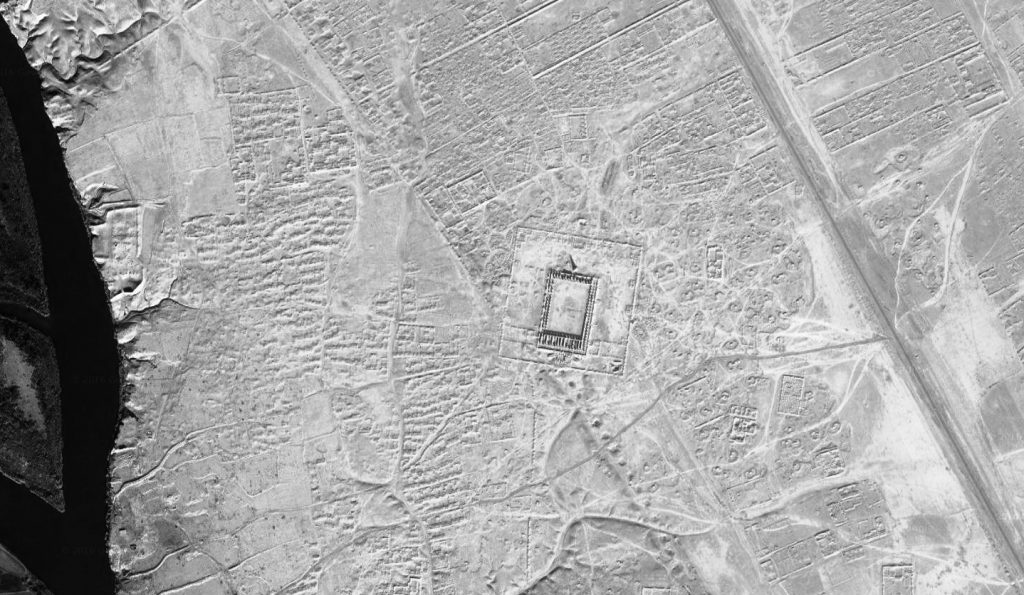
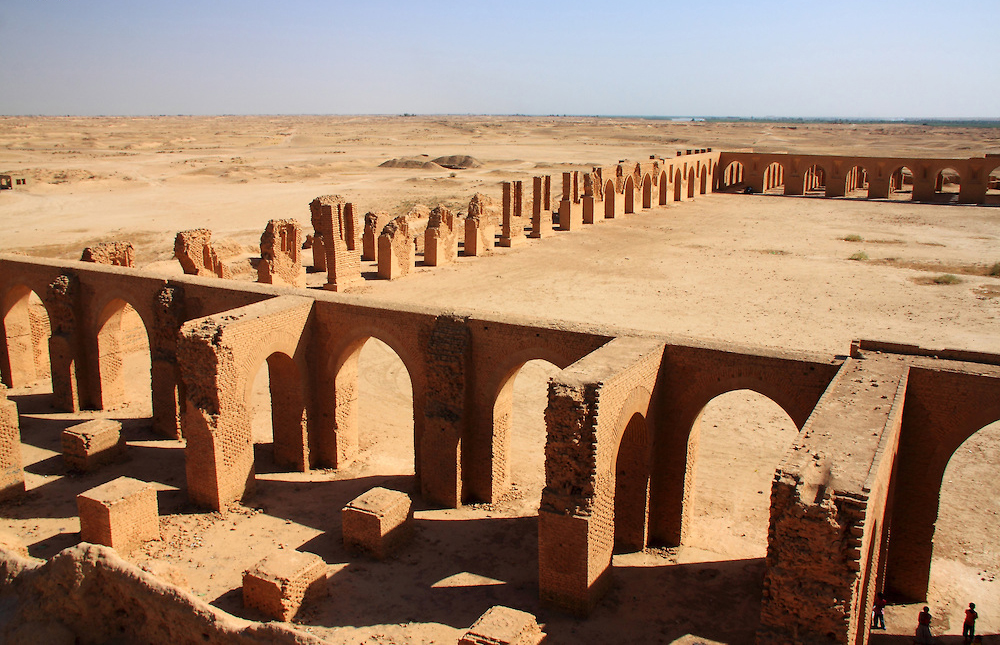 |
| Image by Chuck David |
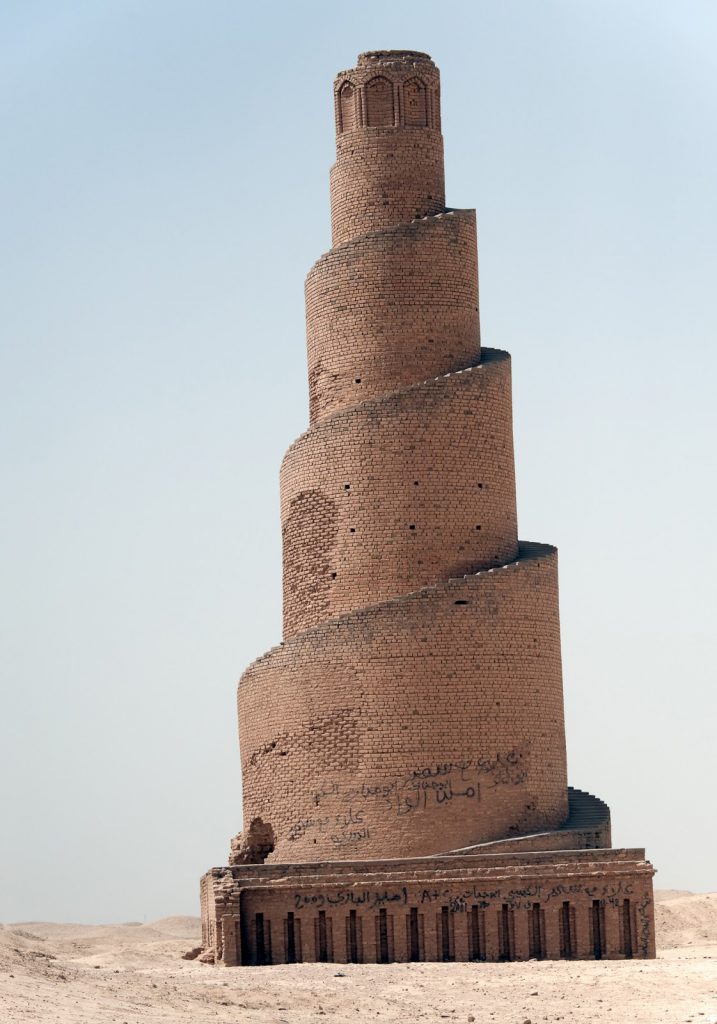 |
| Image by Kulvinder Marharu |

